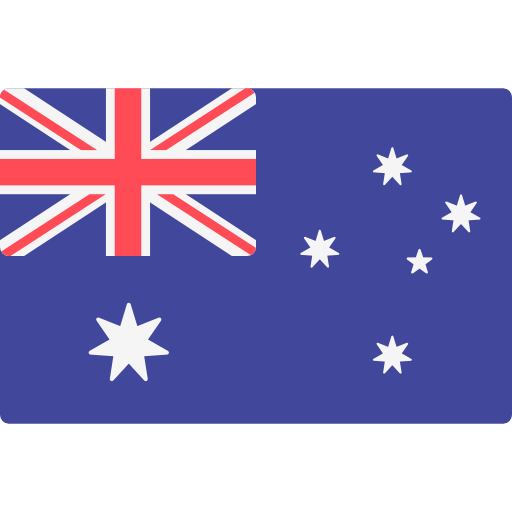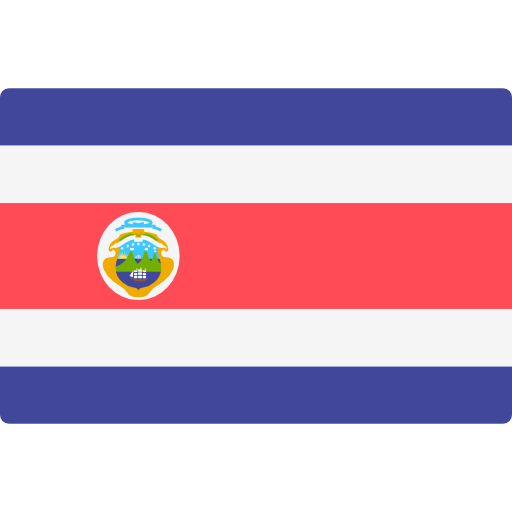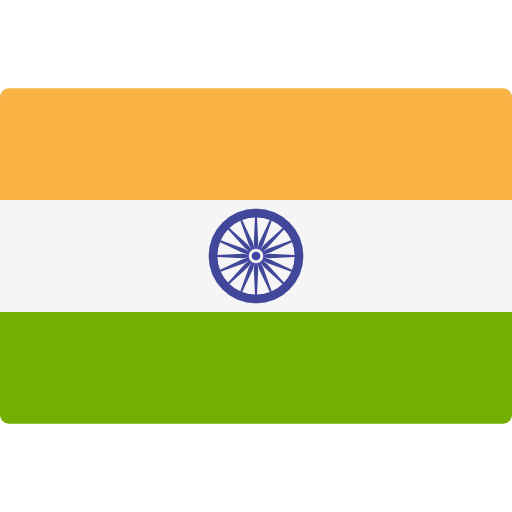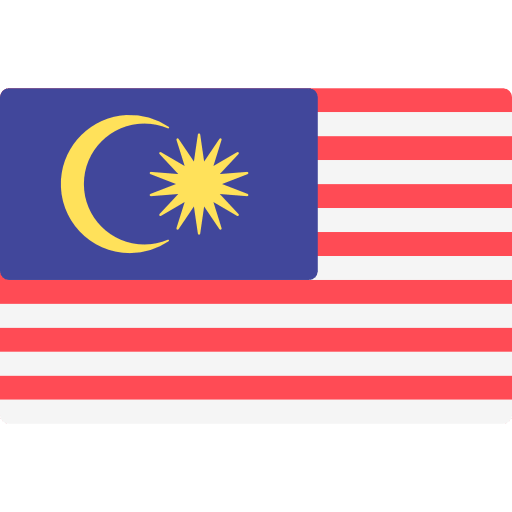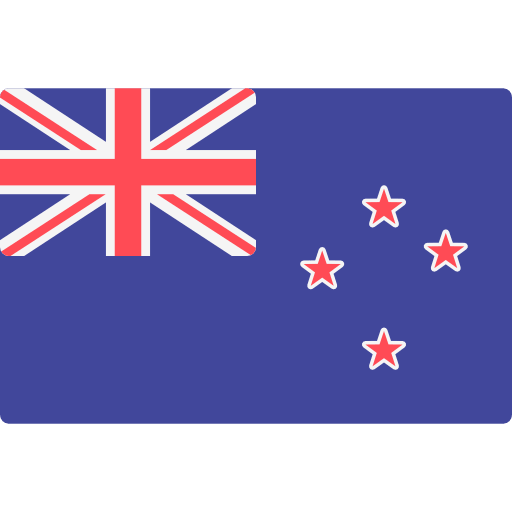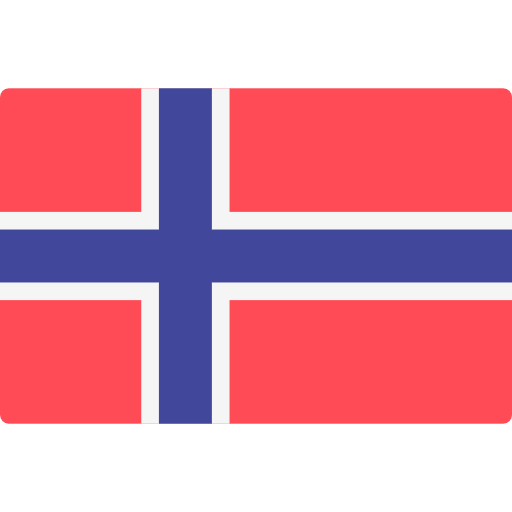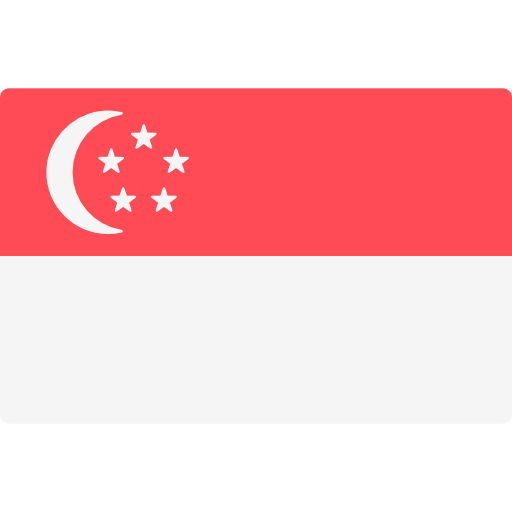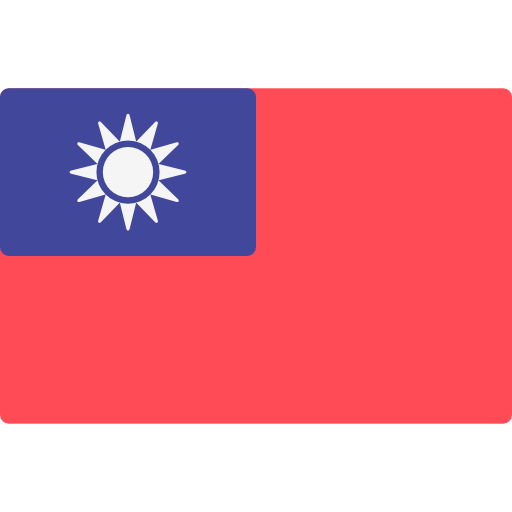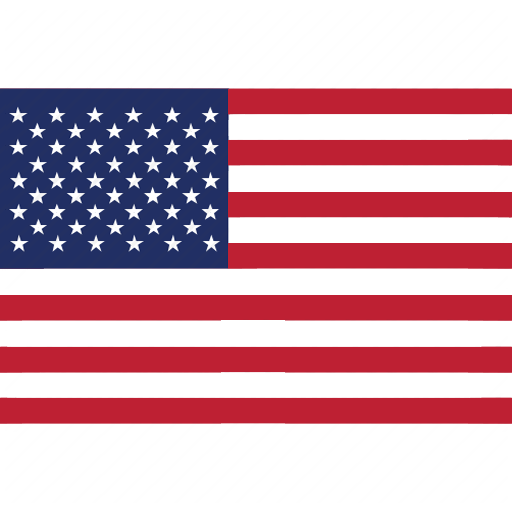Addressing quality concerns through cashmere garments assessment


Renowned for their softness and elegance, cashmere garments are a true testament to luxury and craftsmanship. However, maintaining this high-level quality requires meticulous attention to detail during production and on the final products. In this article, we’ll explore the intricate process of inspecting cashmere garments during production and the final products, focusing on key areas that contribute to their exceptional comfort, durability, and appearance.
Mastering the knitting process
During the knitting stage, it is essential to carefully review the following quality aspects. Failure to address these can result in inconsistencies, reduced garment durability, and diminished overall product quality, which could impact customer satisfaction and brand reputation.
- Garment size: Panels must meet the knitting specifications.
- Pattern uniformity: Patterns should be consistent across all panels.
- Colour combination: Colours must align with the approved design.
- Gauge accuracy: Verify the correct number of stitches per inch based on the provided knitting specifications.
- Knitting faults: Check for dropped stitches or other errors.
- Yarn ends: Ensure they are joined inconspicuously for a flawless finish.
- Tension: Ensure tension matches the specified requirements and remains consistent throughout.
Knitting tension directly impacts the hand feel, weight, and appearance of the garment. A looser tension than the approved sample can reduce the garment’s weight and alter its texture, potentially compromising the intended fluffiness and hand feel.
Remember to make sure that the knitting tension of bulk production aligns with the approved sample to ensure consistent quality and adherence to customer expectations.
The art of linking
Linking, a process used to seam and attach garment pieces, is vital for high-end cashmere garments. This process requires skilled operators and proper equipment. Consider the following to ensure the product’s quality:
- Equipment condition: Ensure linking machines are in good condition, with records of maintenance available.
- Seam quality: All seams should be linked unless specified otherwise.
- Linking yarns: Only self-yarn should be used.
- Construction specifications: Verify requirements for shoulder seams, seam tape, and trim application.
- Clean finishes: Neck seams, cuffs, hems, and turtleneck seams should be neatly hand-linked or fashioned.
Washing control
The washing stage helps to achieve the desired hand feel and ensure consistency in cashmere garments. To meet customer expectations effectively, start by verifying the washing control system, including the proper use of chemicals, machine settings, washing procedures, and accurate operator documentation. Bulk production should then be compared with hand-feel standard samples to ensure uniformity. Finally, washing procedures must align with customer specifications to maintain consistent quality across all garments.
Ensuring colour perfection
Colour consistency is essential for ensuring customer satisfaction and maintaining quality standards. A comprehensive approach to colour verification involves checks to guarantee accuracy, consistency in shading, and uniformity in texture. Bulk production must be evaluated against approved colour swatches to confirm alignment with initial specifications. Additionally, assessments should adhere to recognized industry standards, such as the AATCC gray scale for measuring colour change, ensuring every garment meets the highest expectations for precision and reliability.
Visual workmanship assessment
A thorough visual inspection ensures the garment meets aesthetic and structural standards. This process involves an evaluation of the garment, both inside and out, to verify its quality and craftsmanship. Key elements such as fit, balance, and alignment are carefully examined, while trims, seams, and edges are assessed for neatness and durability, ensuring the final product meets the highest expectations. Trims and fastenings should be securely attached and properly matched, while buttons, buttonholes, pockets, and zippers must be aligned, stitched, and finished with precision. Embellishments, including embroidery and beadwork, are also evaluated to maintain a high level of quality.
Precision in measurements and weight
For valuable raw materials like cashmere, conformity and uniformity in garments’ measurements and weights have become extra critical. The inspection process involves thoroughly measuring multiple garments across all sizes and colours, using the proper tools and techniques to ensure accuracy. To guarantee a consistent fit across all sizes and colors follow these guidelines:
- Each size and colour should be measured thoroughly to confirm uniformity.
- Tolerance limits must be strictly controlled, with deviations kept below 10% of total measured points.
- Focus should be placed on critical measurements specified by the customer, such as chest, waist, and sleeve width.
- Garments must be measured flat, without stretching, using cloth or fiberglass tape only.
- Each piece should be carefully checked to confirm if it aligns with the expected weight standards. A tolerance of ±3% should be adhered to unless specific customer requirements dictate otherwise, guaranteeing consistency and quality in every batch.
Labelling and compliance check
Proper labelling ensures legal compliance and customer satisfaction. The following criteria should be carefully considered at this stage:
- Confirming labels align with the technical specifications and the garment’s actual fiber content.
- Verifying accurate descriptions, such as “100% Cashmere” or blends with correct percentages (e.g., 80% Wool and 20% Cashmere).
- Ensuring hangtags and additional labels accurately reflect the garment’s fiber content.
Final touches: pressing and odor control
As the finishing touch, pressed garments are carefully examined for smoothness and a flawless finish, with particular attention given to eliminating wrinkles or imperfections. A thorough check is also conducted to verify the absence of any unwanted odors or skin-irritating substances, ensuring the garment is both fresh and comfortable for the wearer.
At Eurofins Assurance, we're committed to upholding the luxury standards of cashmere garments. Our comprehensive inspection services cover every aspect of production, from knitting to final packaging. By partnering with us, you ensure that your cashmere products meet and exceed customer expectations.
Ready to elevate your cashmere production? Contact Eurofins Assurance today to discuss your quality assurance needs with our expert team.




© Eurofins Assurance 2025 Personal data protection policy

